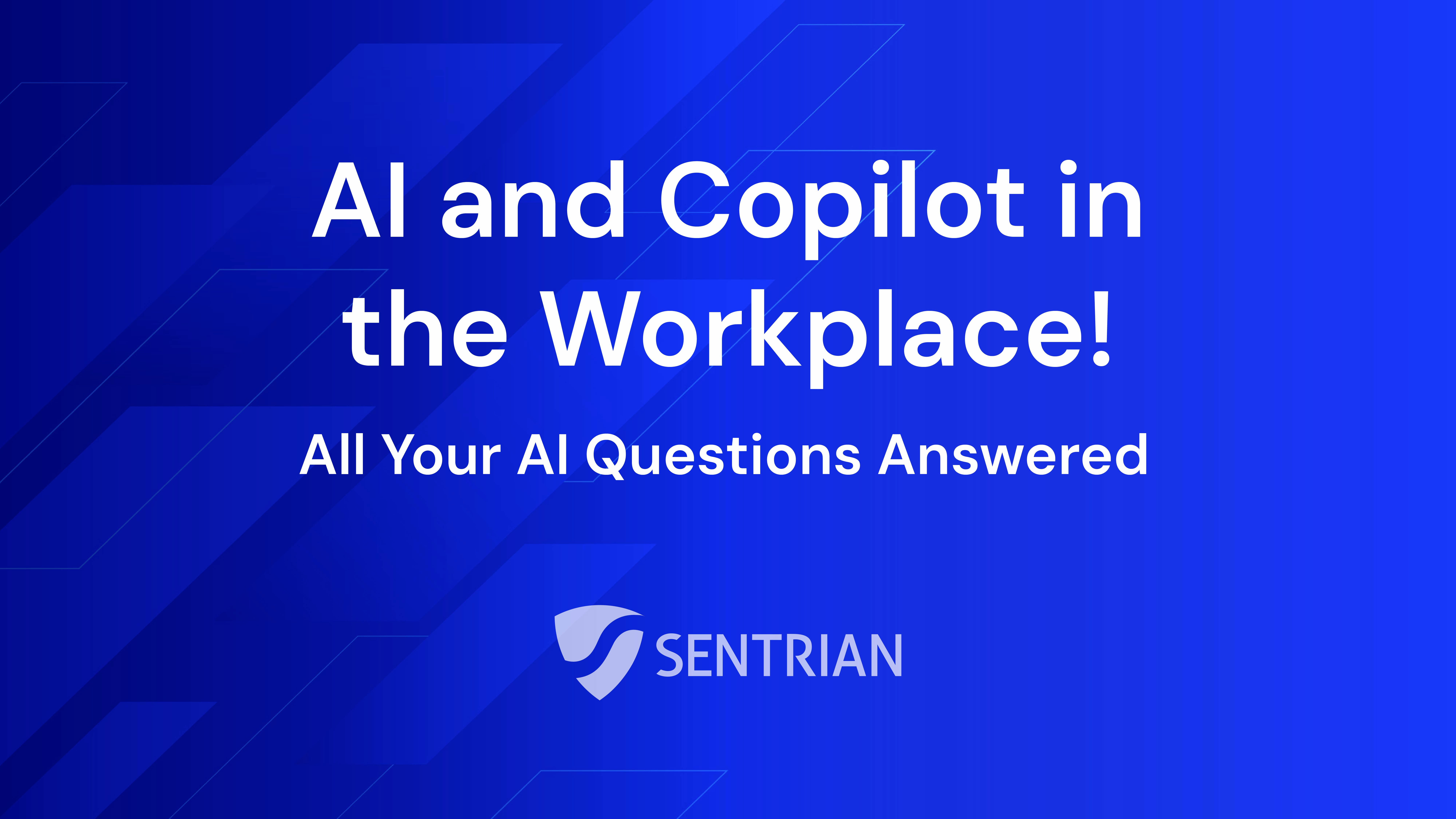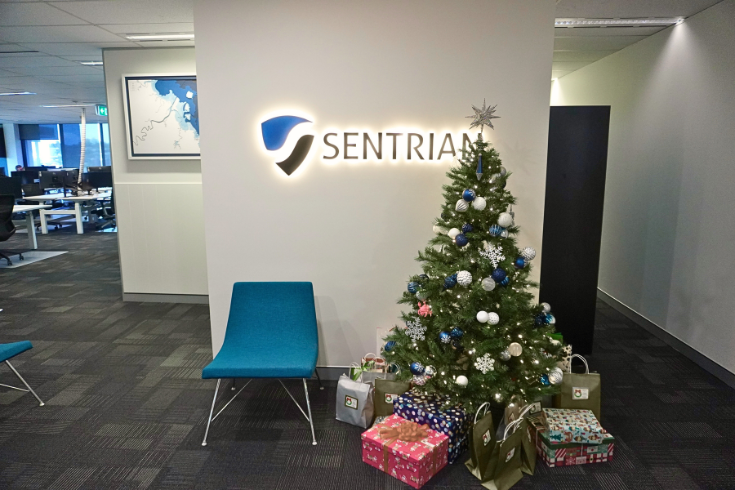Microsoft's OWA for iPhone, iPad and Android apps are soon to be retired. The apps, used by many with Exchange or Office 365 business and enterprise accounts, will stop working on May 15.
Microsoft has maintained two separate Outlook apps for iOS and Android in recent years, OWA and Outlook. OWA has rarely received updates and its interface has grown to be outdated compared to Microsoft's other apps.
Users are directed to start using the Outlook app on the Apple App Store and the Google Play Store.
What you need to know
- OWA for iPhone, iPad & Android will be removed from the Apple App Store and Google Play Store in April.
- OWA for iPhone, iPad & Android will cease working entirely on May 15. Users will be prompted to download the Outlook app when they open the OWA app from this date.
- The Outlook app shares most of the same features as the OWA app except with a newer interface.
- Shared mailboxes are not available in the Outlook app. Microsoft promises this feature will be added sometime later in 2018.
OWA app vs. Outlook app
The OWA app was released about a year before the Outlook app. OWA could only be used by business or enterprise-level Exchange and Office 365 accounts. It received few updates, with businesses preferring stability over new features.
On the other hand, the Outlook app allows email accounts from many providers, even Gmail. It is regularly updated with new features, security patches and bug fixes.
Here is how you can determine which app you're currently using.
For Apple users:
The OWA app icon has a white background, with a blue logo.
The Outlook app has a blue background, with a white logo.

OWA vs. Outlook on iPhone and iPad
For Android users:
OWA has a blue background, with a white logo.
Outlook has a transparent background, with a blue and white logo.

OWA vs. Outlook on Android
If you experience any issues switching apps, please see Microsoft's guide to installing the Outlook app for mobile devices, or contact the Sentrian Service Desk.
This article was written with assistance from our Systems Engineer Craig Roser.







